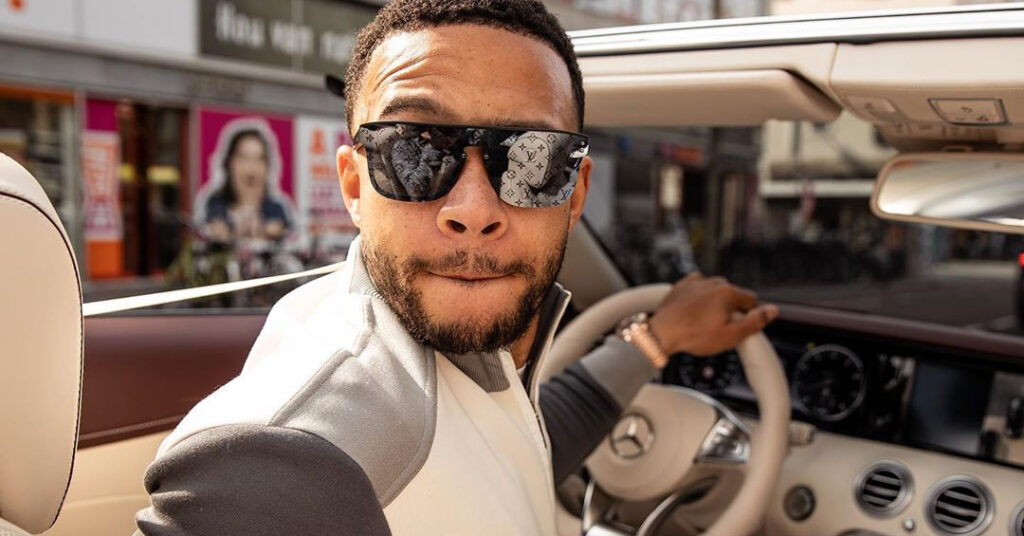When influencers started appearing in street style photos and getting front row seats at Fashion Week in the early 2010s, the talk was that they would soon replace editors. Come 2020, that hasn’t really happened; there may be some overlap between the two jobs, but they’re still quite different (at least, this editor thinks so). Generally speaking, people look to magazine editors for certain things—trends, insider access, designer interviews, photo shoots—while they expect influencers to feel more like stylish friends, offering glimpses of their “real” lives, sharing relatable style advice, and—most importantly—explaining precisely why, how, and where you should buy that dress or sweater they’re wearing.
Moving product and driving sales have become an influencer’s most valuable skills. Literally: In 2019, brands spent $8 billion on influencers, a sum of sponsored social media posts, long-term partnerships and collaborations, and the commissions influencers make through affiliate programs like RewardStyle. Amber Venz Box launched the platform back in 2011 when she made an astute observation: Influencers were starting to act a lot like personal shoppers, directing their followers to stores and websites to shop their look. If those recommendations led to a sale, didn’t they deserve a cut of the profit?
Read more on Vogue.
